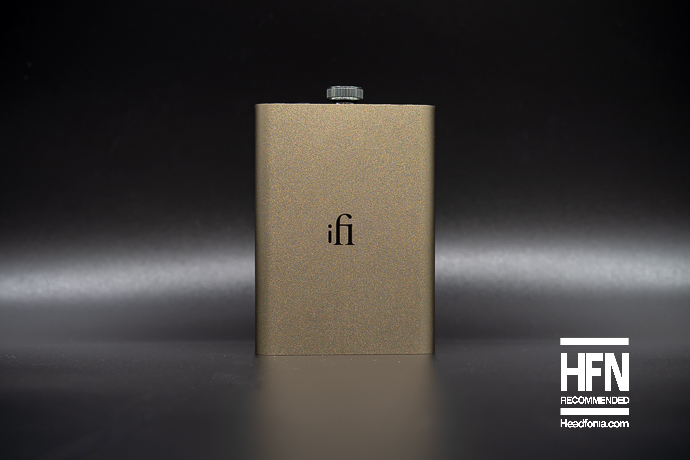Today we review the iFi audio hip-dac 3 DAC/Amp, selling for $199 USD.
Disclaimer: The iFi audio hip-dac 3 was sent to us directly by iFi audio. This review reflects my unbiased opinion as always. This review has similarities with the hip-dac 2 review since they have a similar design and build.
iFi audio
iFi Audio, a subsidiary of the AMR group, specializes in crafting high-quality audio equipment, spanning DACs, amplifiers, and various audio accessories. Known for its customer-centric approach, iFi Audio consistently delivers products that blend innovation with user satisfaction.
I’ve reviewed several iFi Audio products over the years, but I can highlight the xDSD Gryphon below, which is still a recommended DAC/Amp:
iFi audio communicates in a very friendly and approachable manner, which has made it easier for me to interact with them. They not only care about their products, but they also strive to ensure that their customers are satisfied.

iFi audio hip-dac 3
The iFi audio hip-dac 3 is a very compact and portable DAC/Amp mostly for mobile users. It supports hi-res PCM up to 384kHz as well as DSD256. The hip-dac 3 has standard iFi traits such as IEMatch, PowerMatch and an X-Bass switch for more bass rumble. The new version is overall identical to the previous model, but it has some incremental upgrades regardless.
The device now features two USB-C ports on the back instead of a fully recessed USB input and USB-C for charging, making it more standardized and simpler to use. The circuit has been improved with the addition of new metal film capacitors for better frequency response. The updated version of iFi’s GMT circuitry, along with a new crystal oscillator, reduces phase noise and provides a purer sound experience.
The rest of the device is the same, from the DAC chip and the XMOS controller. The colour is new with a titanium vibe to it, so it’s the opposite of the vibrant orange-coloured hip-dac 2 now. The device retains its flask-like design, which has worked well since the original hip-dac came along.

Design & Build & Package
The hip-dac 3 boasts a sleek, portable design, elevating its aesthetic appeal compared to its predecessors. The shift in colour scheme to a more subdued grey/silver exudes a mature, refined look. The flask-like design retains its ergonomic allure, maintaining its identity within the hip-dac series. The device has a very good build quality, and the volume control, in particular, has a premium feel to it.
Notable improvements include the introduction of standardized USB-C ports, offering a more convenient connectivity experience. However, the shift from a recessed USB socket, although adapting to modern standards, might raise durability concerns for long-term use.

In the package, iFi supplies three USB-C cables, -meaning you can use every modern device with it-, four rubber stickable feet for desktop purposes, and paperwork. The package is made from recyclable material so hats off to iFi once again.
User Experience
The hip-dac 3 is a slim and portable device that makes a great companion for smartphone and slim laptop users. You can easily connect it to your device using a USB cable and start using it right away. The device is plug-and-play for smartphones and PCs, but it’s recommended to install the iFi firmware on your Windows laptop for full functionality.
If you’re a fan of EDM tunes, you’ll find the xBass button useful. However, if you prefer a more natural sound, you can keep this feature turned off. The device supports all file formats, including 24-bit files from streaming services like Qobuz. You can listen to your favourite music flawlessly using USB Audio Player Pro on your smartphone.

There is an IEMatch switch that enhances the device’s synergy. Additionally, there is a PowerMatch switch that functions as a gain switch. The IEMatch provides impedance matching to your IEMs and offers an optimal gain setting while also reducing background noise when used with highly sensitive IEMs. Overall, the DAC/Amp has no potential synergy issues.
The battery life is excellent, and the charging and data ports on the hip-dac are separate. This is an important decision since it separates power and data flow to the device. It also is worth noting that the previous iterations of the balanced output were slightly noisy with sensitive IEMs. However, the latest version is silent, which is a notable upgrade.
Page 3: Technical Performance, Comparisons & Conclusion









Laszlo
Good afternon, how does it compare to the mojo 2?